Marine Betta Fish Care: Feeding, Tank Mates, and More (March 2024)

You've got a stunning Marine Betta, but it's not your typical aquarium fish. It's a bit of a diva when it comes to food and habitat.
Imagine this: You're trying your best, offering all sorts of foods, but your Marine Betta is as picky as a toddler at a vegetable buffet. It's hiding more than it's swimming, and your dream of a vibrant, active tank seems to be just that – a dream.
Here’s the scoop: start with live snacks to catch their interest – think small shrimp, not big commitments. Gradually, like sneaking veggies into a smoothie, introduce frozen or prepared foods.
With patience and the right setup – a tank with plenty of hiding spots and dim lighting – your Marine Betta will start to feel right at home. It's all about taking small steps to win over your finicky friend.
Marine Betta Fish Care Guide
- Common Names: Marine Betta Fish, Marine Comet
- Aquarium Size: 55+ Gallons
- Scientific Name: Calloplesiops altivelis
- Temperament: Peaceful fish; Predatory
- Origin: Indo-Pacific Ocean
- Lifespan: 10 years
- Length: 7-8 inches
- Ease of Care: Easy
Marine Betta Overview
The Marine Betta Calloplesiops altivelis is a captivating aquarium fish, medium sized predators that lurk in coral crevices. These animals hunt at night, looking for shrimp, small fish species, and other natural foods. Their tendency to prefer only live food makes weaning them onto prepared foods difficult. But such beautiful fish are more than worth the effort.
They tend to be found in the Indo-Pacific Ocean, or in the Red Sea near East Africa. So far this is the only species Aquariums for Beginners has covered from this location!
NOTE: even wild caught Marine Bettas are very hardy fish. They adjust well to captivity and so long as you can meet their dietary needs they will live for years.
Typical Marine Betta Behavior
Unlike many predatory reef tank inhabitants the Marine Beta is somewhat shy. These fish are nocturnal so prefer spending the day hidden from view. But if you only feed during the day a Marine Betta will learn to eat then.
They are predatory saltwater fish but not an aggressive species. So long as they can't eat their tank mates Marine Bettas will ignore them. Being reclusive fish you should also ensure that their tank mates won't try and invade their favorite cave, which can result in an aggressive response.
Marine Betta Appearance
One look and it's easy to see how they get both of their common names. Marine bettas are stunningly beautiful fish. Their midnight black background is speckled with bright blue and white spangles.
A single large eye spot sits on the rear of the dorsal fin. This eye spot draws attention away from the head in case a larger predator attacks. The long, flowing fins might remind you of a freshwater Siamese Fighting Fish (Betta splendens) or a moray eel. But Marine Bettas are completely unrelated to them.
Marine Betta Lifespan
These marine fish have an average lifespan. You can expect a well cared for specimen to live for around 10 years in captivity.
How Big Do Marine Bettas Grow?
Marine Bettas are medium sized compared to most community tank residents. 7 to 8 inches is normal for them.
Male vs Female Marine Betta Fish (Sexing)
Sexing Marine Betta fish is not as easy as other fish species. They have almost identical colors, for one. An adult male will always be larger than a female of the same age. He will also have a longer anal fin.
If your Marine Bettas are willing to breed, you can also examine their gonopodiums (sexual organs). The male's is a bit longer and pointed compared to the female's.
Marine Betta Water Conditions
Marine Betta Water Temperature
As tropical fish, Marine Bettas need a water temperature that's warmer than the ambient heat of most rooms. A heater will provide the ideal range of 73-82℉ for them.
Marine Betta Water Chemistry
Water chemistry is just as important as water temperature for these fish. Fortunately, Marine Betta care is no more complicated than that of other saltwater fish.
The salinity should fall between the full reef tank range of 1.020-1.025. Use a hydrometer when performing water changes to ensure the salinity stays in the right zone.
The pH should be alkaline (8.0-8.4). Using a crushed coral (aragonite) substrate will help buffer the water towards alkalinity.

Setting Up a Tank for Marine Bettas
While we all want to see our pet fish, remember that Marine Bettas are secretive, nocturnal predators. Caves and crevices built into the aquascape will give these fish a place to relax when it's not time to eat. They can also avoid more aggressive tank mates this way.
Bright aquarium lights are not needed.
In fact, too much light and too few hiding places in a saltwater aquarium will stress out these fish.
Marine Betta Tank Size
As medium sized fish, the minimum tank size for a single Marine Betta is 55 gallons. 75 gallons is even more comfortable for them. You can keep Marine Bettas together but you'll need at least 125 gallons of space for a single male and a few females.
Compatible Marine Betta Fish Tank Mates
Marine Bettas can be kept with any similar sized fish. They are not aggressive fish. But they are cave dwelling fish. Your betta may become territorial towards other fish if they try and invade their chosen hiding place.
Aggressive tank mates should be avoided since Marine Betta fish are shy and retiring. The best tank mates are larger Chromis Damselfish, Tangs, and Angelfish. Small fish like Clownfish, Gobies, or Cardinalfish are all in danger since Marine Betta fish eat small fish.
Other medium sized predators like Lionfish, Harlequin Tuskfish, and Hawkfish are also good tank mates. These fish all enjoy live foods, making feeding a lot less complicated.
Invertebrates can work so long as they are large enough to not be a meal. Marine Bettas are safe for a reef aquarium. They don't graze on coral, sponges, christmas tree worms, and other sessile inhabitants.
WARNING: they will eat small ornamental shrimp and other animals. So think carefully before adding these gorgeous fish to your setup.
What Do Marine Betta Fish Eat?
Feeding Marine Bettas is the only real challenge to keeping these fish happy. As ambush predators, they respond powerfully to moving prey. Weaning them onto prepared foods is very difficult, especially for wild caught fish.
I recommend starting out with live food. Tubifex worms, ghost shrimp, and feeder fish will all be accepted with enthusiasm. You can slowly wean your Betta onto pieces of dead food offered on feeding tongs. Wiggling the food around the Betta should offer a feeding response. These fish are mostly reef safe, so as long as you provide them with plenty of meaty foods they shouldn't touch your hermit crabs.
Mysis shrimp, frozen food, and pieces of shrimp or fresh fish are good offerings. Eventually, the Marine Betta will grow used to dead food and you can stop wiggling it and drop it right into the tank.

- High Protein Content: Specially formulated for the dietary needs of Marine Bettas. Packed with essential nutrients for health and vitality. 🥩
- Mimics Natural Diet: Closely resembles the prey Marine Bettas eat in the wild. Ideal for picky eaters! 🦐
- Easy Transition from Live Food: Simplifies the shift from live to prepared food, with an appealing taste for Bettas. 🌟
- Promotes Vibrant Colors: Enhances the natural beauty of your Marine Betta. Watch those colors pop! 🌈
- Convenient and Effective: Easy to use and store, making feeding time hassle-free. 🙌
Customer Review: "Since switching to Reef Tank High Protein Food, my Marine Betta has never looked better! The transition from live food was smooth, and my Betta's colors are more vibrant than ever. This food is a game changer!" - Marine Betta Enthusiast 🌟🌟🌟🌟🌟

How to Breed Marine Bettas
How Can I Get Marine Bettas to Spawn?
Marine Betta fish are one of the few saltwater aquarium species that readily breed in captivity. The main reason is that the adult marine betta fish aren't too aggressive towards one another and can be kept together.
As long as you follow the tips for telling the sexes apart above you are likely to get a compatible pair. Once the female swells with eggs spawning is imminent. Your tank will need plenty of hiding places.
The female will lay 300 to 500 eggs in a mass and attach them to the wall of the chosen hiding spot. She will fan the nest, oxygenating the eggs until they hatch. Meanwhile, the male will patrol the mouth of the cave, defending them from predators.
You will see your first Marine Betta fry about a week after the eggs are laid. The young fish are relatively large for fish fry. After 24-48 hours they will begin eating live brine shrimp nauplii and copepods.
Here is a video demonstrating a pair of Marine Bettas spawning in a cave: LINK

Frequently Asked Questions
Are Marine Betta reef safe?
Marine Betta fish are reef safe in that they won't bother corals, sponges, sea anemones, and other non-moving organisms. While they won't eat your reef setup they are a danger to ornamental shrimp and smaller fish, however.
What Do Marine Bettas Prefer to Eat?
These fish are predators that herd their prey against the reef structure, cutting off all escapes. Live food like ghost shrimp, guppies, and other moving items are strongly preferred. If you can wean them onto dead food, offer your Marine Betta plenty of variety.
Chopped seafood and frozen foods like brine shrimp or minced shrimp are best for them.
Are Marine Bettas Hardy Fish?
The Sea Betta is a very hardy and disease resistant fish. Even wild caught fish adapt well to captivity and will live for up to 10 years. So long as you know the basics of maintaining a saltwater tank the Marine Betta is a fantastic fish for most setups!
Where to find a Marine Beta?
While not common to large retail stores, your local fish store likely will have these unique fish that resemble the freshwater siamese fighting fish.
How to Set Up an Aquarium for a Marine Betta?
For Marine Bettas, use a minimum 55-gallon tank with plenty of hiding spots and dim lighting. Maintain water temperature between 73-82℉, salinity at 1.020-1.025, and pH between 8.0-8.4.
Can Marine Bettas Live with Other Fish?
Yes, Marine Bettas can live with other fish of similar size. Avoid very small species as they might be eaten. Suitable tank mates include larger Damselfish, Tangs, Angelfish, Lionfish, and Harlequin Tuskfish.
Want to Learn More?
Recommended Articles:
>> Facebook Group Community <<
Join the "Aquarium For Beginners" Facebook group. This vibrant community is a treasure trove of real-life experiences, advice, and support from fellow Marine Betta keepers. Whether you're a newbie or a pro, there's always something new to learn in this friendly and engaging group.

Conclusion
In summary, caring for a Marine Betta is a journey of understanding and patience. They might be a bit high-maintenance, but the reward is a spectacular and unique addition to your aquarium.
Remember, it’s not just about keeping a fish; it’s about creating an environment where it can thrive.
A bit of effort goes a long way in making your aquatic friend comfortable and your aquarium a fascinating display of underwater beauty.
No comments

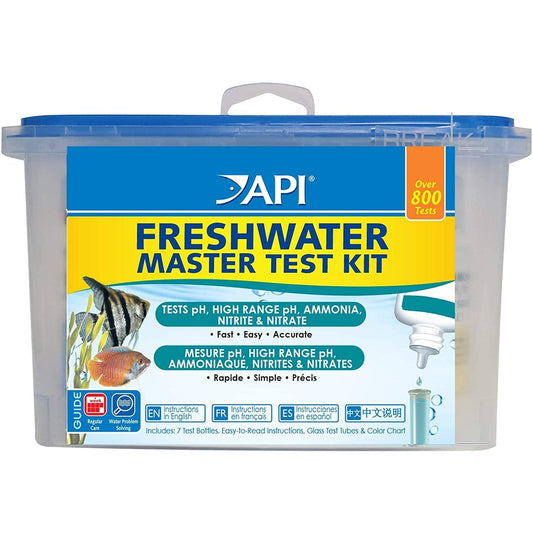
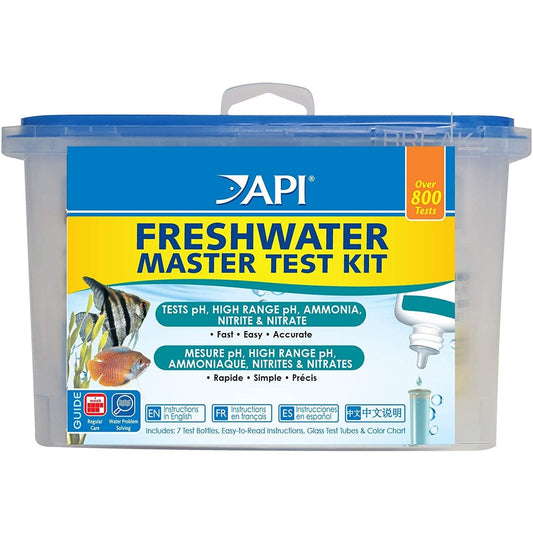
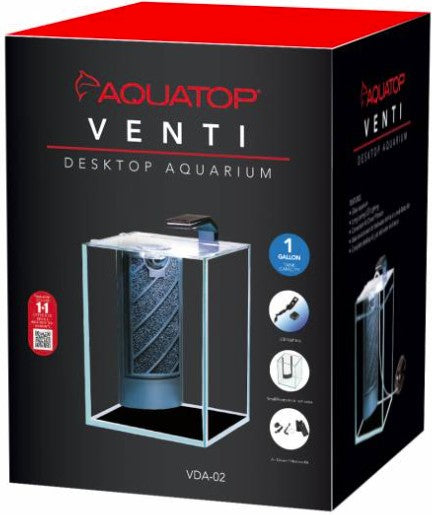



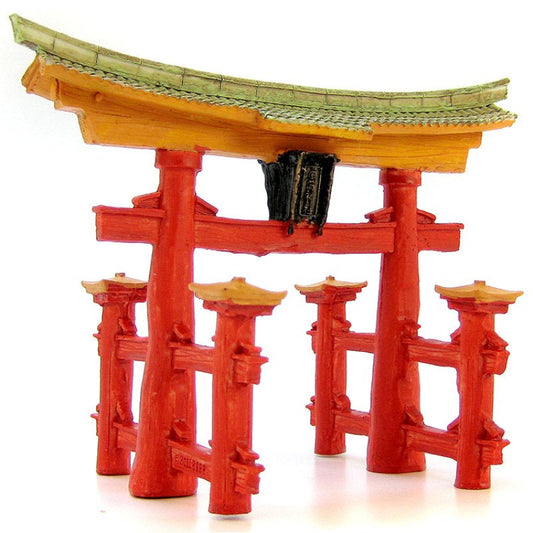

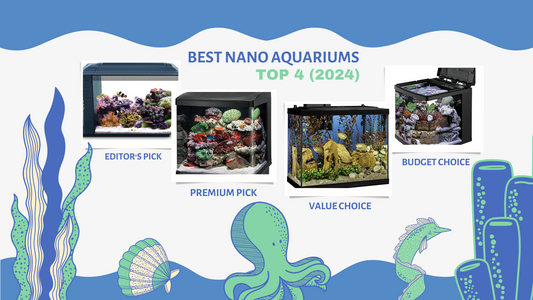
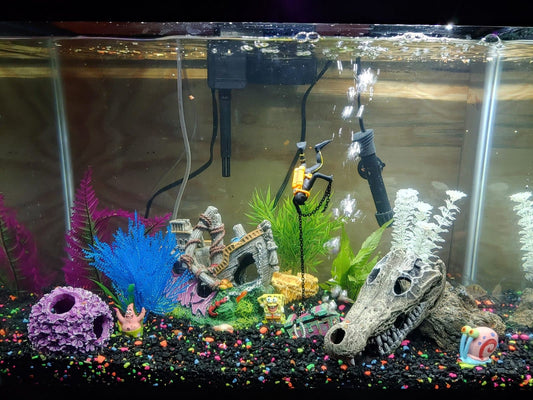


comments